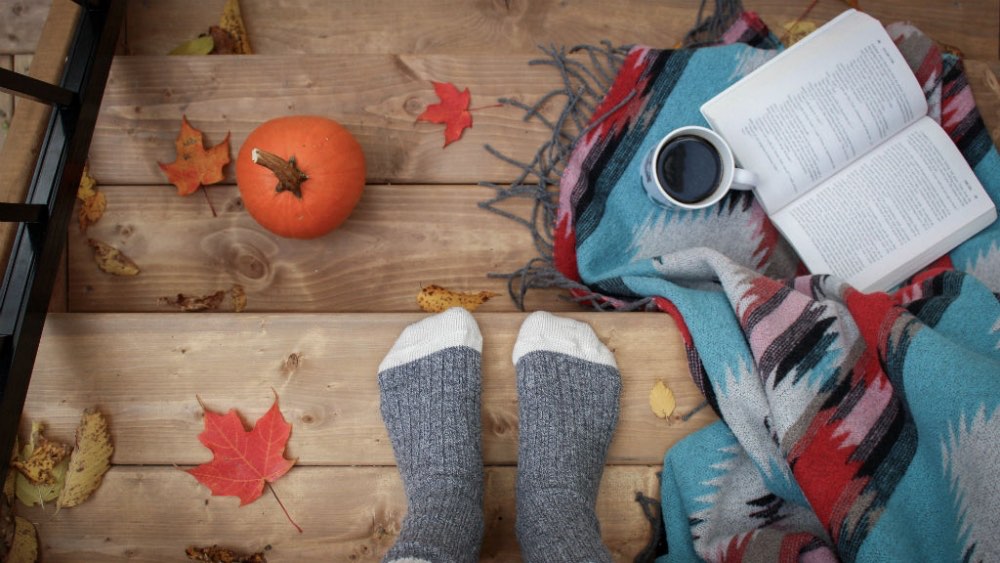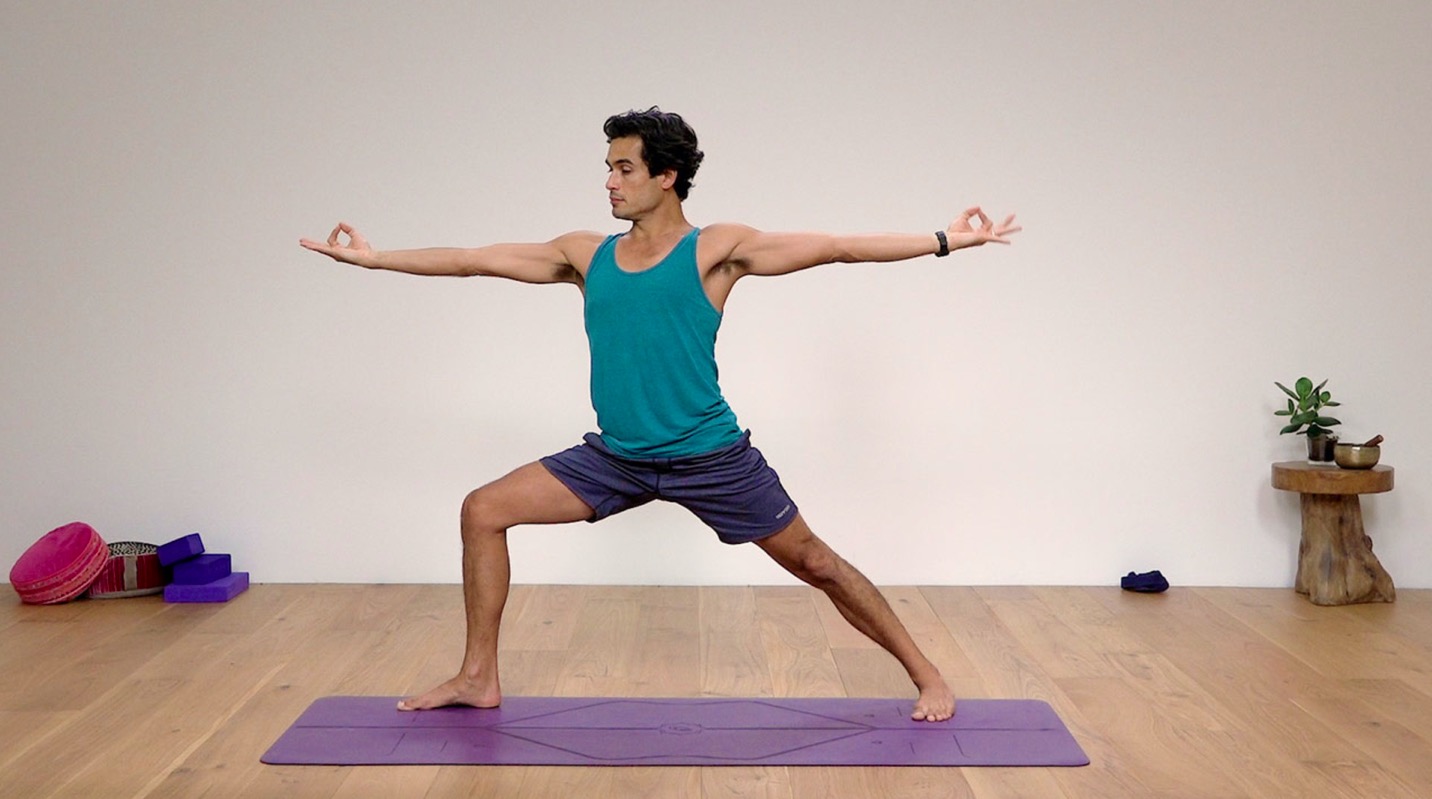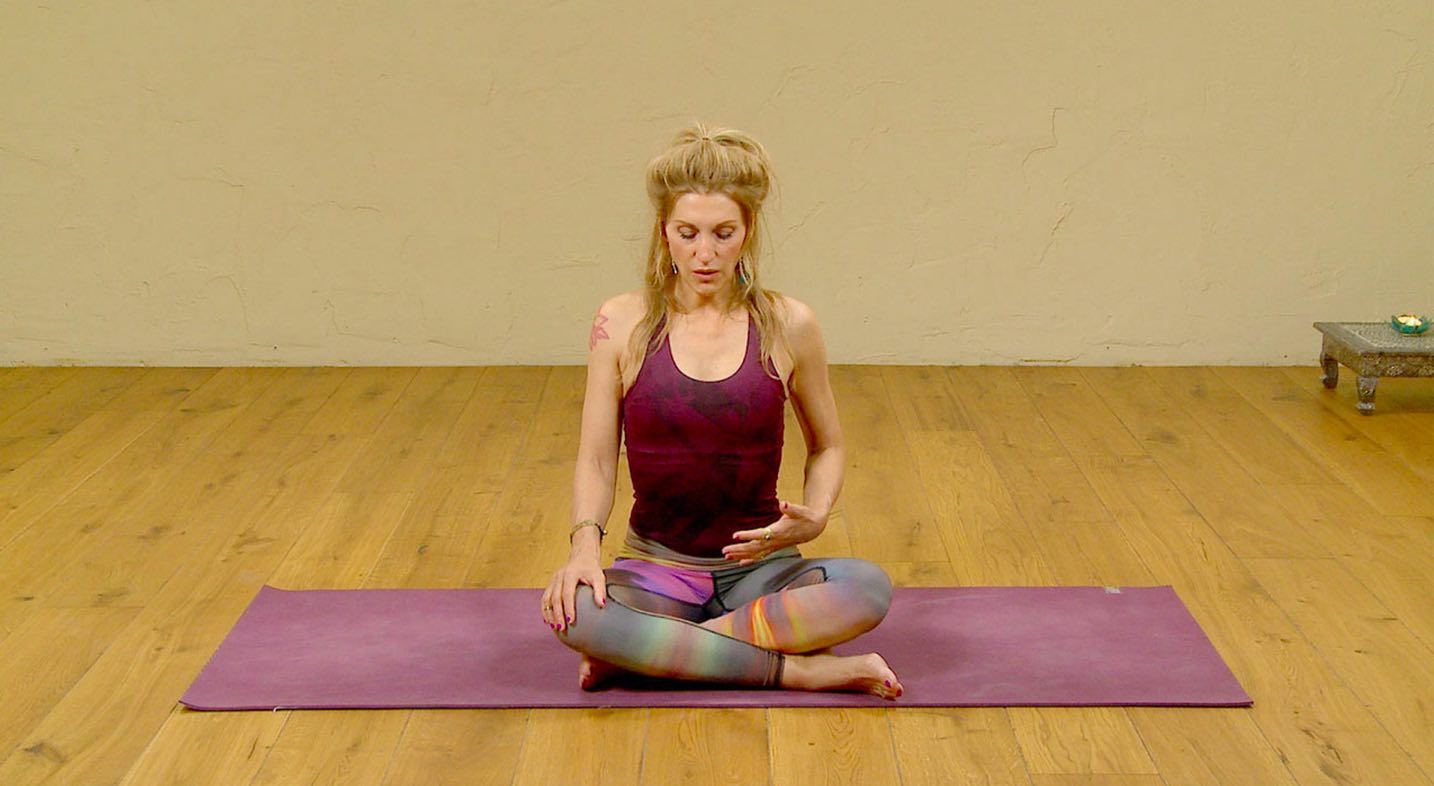If cold weather is your catalyst for freezing feet and stiff legs, you’ll know all too well how difficult it can be to deal with poor circulation. Whilst layering up in socks and knitted jumpers are a couple of ways to keep out the cold, there are a few other ways to stimulate full-body circulation, and they’re easier than you may think.
1. Self massage
One of the kindest things to do for your body each day is massaging it – even for just a few short minutes. In Ayurveda, this is known as Abhyanga, and is an important part of daily self-care. Doing this first thing in the morning is a quick way to instantly enhance circulation around the whole body, relieve overnight stiff muscles, and prepare for your morning yoga practice.
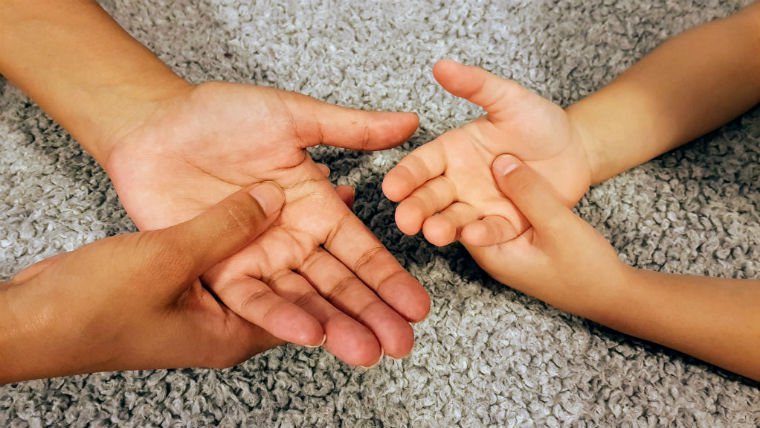
Not only does self-massage help physically – it also encourages a better connection with ourselves and enhanced body awareness (i.e. awareness of posture, breathing, sensation etc.). When you wake up, gently massage the feet with your thumbs – firm circular movements on the soles of the feet works well for ‘breaking up’ adhesions in the plantar fascia, and can go a long way towards more flexible legs, hips and back. Adding a little ginger essential oil to the soles of the feet can also stimulate digestion and circulation further. Massage towards the heart, squeezing the muscles gently to boost circulation. Using an oil with warming qualities such as sesame or mustard can add to the warming effect, and be sure to pay special attention to any areas you hold tension.
- Learn a 3-step self-massage you can do every day in An introduction to Marma points
2. Shake it up

Animals do it as a natural way to stay warm, and we do it when we’re feeling cold. Shaking is the practice to begin in order to truly wake the body and mind up in the mornings (or throughout the day if you’re feeling lethargic), and to also relieve stress and tension. When our minds hold tension, our bodies do too (and vice-versa), so releasing some physical tension can help calm and relieve the mind.
- Take 5 minutes to Shake it all about with Esther Ekhart, to loosen, open, release and energise.
3. Get specific
The secret to staying warm is really knowing which parts of your body will give the most noticeable warming effect. The feet, ankles, wrists, neck and head are the five most important places to keep warm when you’re feeling a chill – so invest in some thermal socks and slippers, leg warmers or longer socks, gloves that cover the wrists, a warm scarf or ‘snood’, and a hat. This is the time to get in touch with those relatives who are keen knitters!
- Try a class to boost circulation in your upper body Moving the chi in arms, shoulders, chest and back
4. Turn on the cold tap
Stepping into a cold shower is probably the last thing you feel like doing during Winter – however, adding a blast of ice-cold water could be the key to maintaining warmth after a hot shower or bath. As the ‘Ice Man’ Wim Hoff teaches; “The cold is an absolute doorway to the soul”, and turning on the cold tap can not only do physical wonders, it can very much open the mind and senses, and relieve anxiety and stress.

Different traditions give different advice when it comes to health, but one thing the ancient Eastern health and wellbeing systems agree on is that cold immersion can be very beneficial for both the body and mind. In the Spring or Summer, a cold shower may be best for invigorating the senses and removing any feelings of heaviness, but in Autumn and Winter, it’s important to maintain a degree of comfort and warmth.
Try taking your usual warm bath or shower, but ending it with a burst of cold water. With the blood vessels already open and the body warm, the cold water will encourage the body to respond by enabling more blood flow towards the temperature receptors, as it thinks it needs to work to maintain heat. Although you may feel a little cold at first, the body will begin to heat up and you’ll stay warmer for longer, as well as feeling more energised and awake after the cold burst.
- Read more about the amazing benefits of cold showers in The secrets to a strong core and radiant health
5. Fire up your digestion
If your digestion is a little ‘off’, the whole body suffers. Ayurvedic medicine considers digestion the most important aspect to consider when it comes to health, and it’s often the first thing to weaken when the body is under stress. Most of us know by now about the connection that runs between the gut and the brain, and that if the balance of gut bacteria is slightly altered in the wrong direction, it can cause anything from bloating to depression.
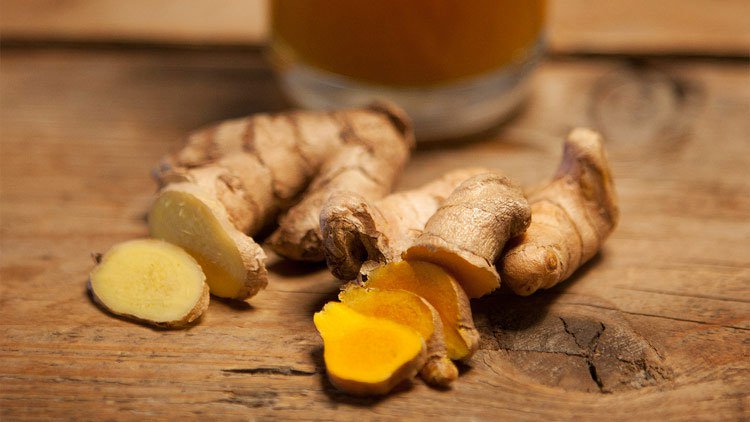
In order to feel energised, increase circulation, and allow the body to work properly, we need to enkindle digestive ‘fire’, also known as Agni. You could think of maintaining digestive fire a little like throwing logs onto a real fire. If the logs are damp or made out of something that won’t burn efficiently, the fire will eventually go out. If the logs are thrown on gradually and they’re made of exactly the right material, the fire will keep burning brightly for a long time.
Cold, frozen, raw or ‘damp’ foods are usually best to avoid at this time of year, as they can slow down and prevent digestion, and raw foods especially can be difficult to digest, causing bloating and gas. Warm, cooked and easy to digest foods such as soups, stews, dahl and curries are some of the best foods for colder months, and adding spices such as cinnamon, ginger, black pepper, cardamom, mustard seeds, cayenne, chilli pepper and cumin can all work to enhance digestion and warm the body up.
- Read more about this in Balancing your Agni
6. Get moving and keep going
Even though heading outside or to your local yoga class, on dark Winter mornings and evenings can seem like a mammoth task, the benefits are valuable on both a physical and mental level. Movement, of course, boosts circulation, it warms the body up and can release muscular tension from cold environments, but it also releases a plethora of hormones that raise mood and motivation levels, and can literally help us deal with the ups and downs of Winter more easily. Some of the chemicals released help improve sleep, stress, anxiety and depression, and the enhance circulation benefits brain power too – helping you think more clearly. (If you’re feeling especially cold – try a heated Yoga class to relax your muscles!)
- Get your body moving and your energy flowing in this 15-minute class with Jeff Phenix – Wake up the body and move energy
7. Breathe better
As we’re taught in Yoga all the time – the way we breathe affects not only how we feel emotionally, but also how our bodies feel. Breathing through the nose allows air to be warmed up by the blood vessels and tiny hairs that line the inside of the nose, meaning the air we breathe in is a little warmer when it reaches the body.
Certain breathing techniques can also be utilised in order to warm up, such as Ujjayi breath or Kapalabhati. Use Ujjayi breath throughout your Surya Namaskar practice and notice how much warmer your feel on those cold Winter mornings!
- Practise Kapalabhati breathing with Marlene Henny in this 15-minute class.

